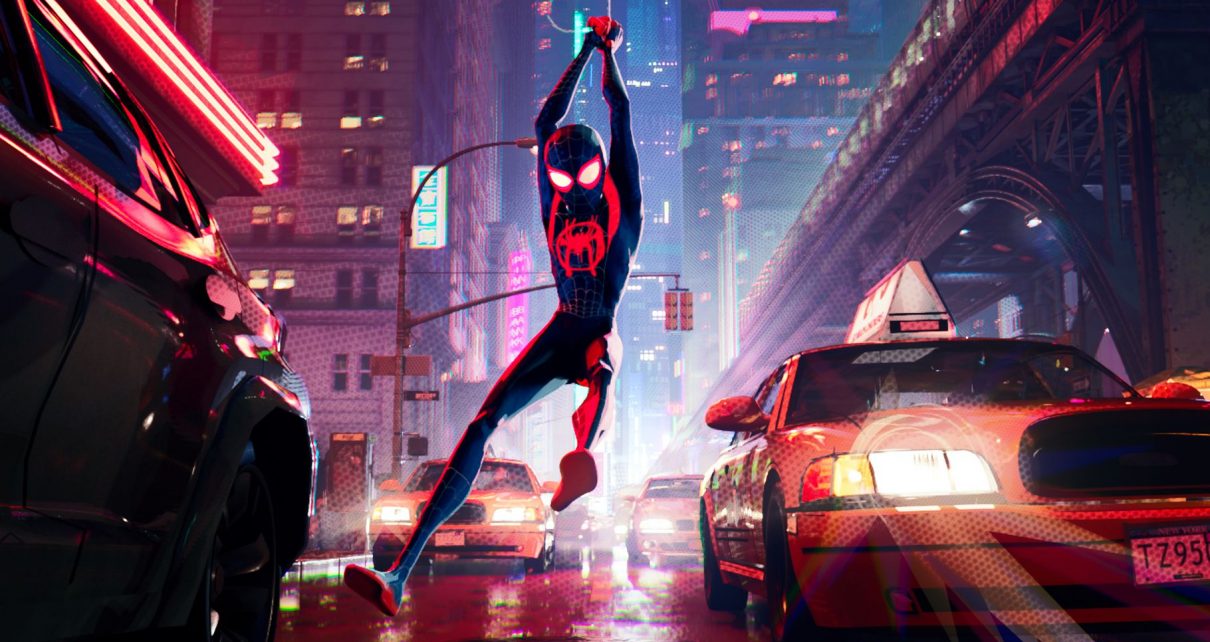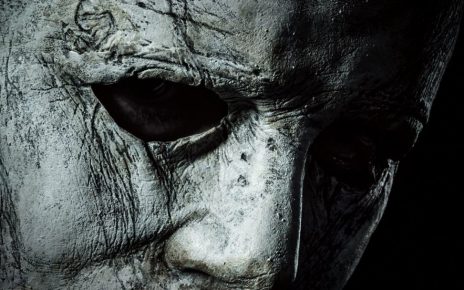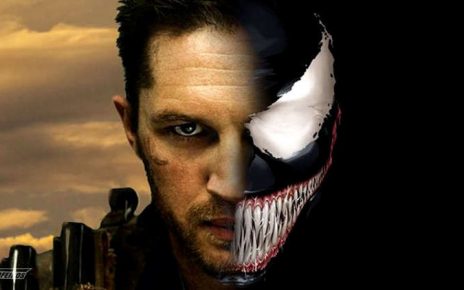After Sony’s ultimate disaster with the Spider-Man franchise, the idea of an animated film of the Spidey-tale looked like a bad-enough idea. Fortunately, in an unexpected turn of events, ‘Spider-Man: Into the Spider-Verse’ is a flawless film and unarguably the best Spider-Man film up to date (Sorry, Tom Holland).
‘Spider-Man: Into the Spider-Verse’ is a critically acclaimed box office standout and academy hit of the modern day. It is certified fresh with a 97% rating on Rotten Tomatoes and has won a variety of awards, including a Golden Globe for Best Animated Feature Film. With this award, the film finally disrupts Disney’s streak of winnings (Thank you, Sony). With the Oscar’s rapidly approaching, there is high-hopes for future awards, and maybe even no doubts that the film will indisputably take home the ultimate prize.
‘Spider-Man: Into the Spider-Verse’ centers itself around a young Afro-Latino teenage boy named Miles Morales (Shameik Moore), who, after being bitten by a radioactive spider, develops Spidey-like abilities. After a particle accelerator built in a secret laboratory belonging to Wilson Fisk explodes, alternate versions of the hero are transported into Miles’ dimension. In the end, it is up to Miles, who is a less confident superhero than the commonly known Peter Parker, to disable the accelerator and help all the other alternate versions return home.
The characters in the Spider-Verse, especially the one of Miles Morales, are a massive shout-out to correct representation in the industry of Hollywood. We get to see different variations of Spider-Man throughout the film. It is clear the type of message that the film is trying to paint with an out-of-shape, depressed, middle aged Peter Parker (Jake Johnson), a Spider-Gwen (Hailee Steinfeld), a black-and-white Spider-Man (Nicolas Cage), an anime-like biomechanic spider suit piloted by Peni Parker (Kimiko Glenn) and Peter Porker, an anthropomorphic Spider-Ham (John Mulaney). The message is there are no limits nor conditions for anyone who wants to be a superhero and that it is not up to only one heroic and powerful straight white man to save the world.
In an interview with the BUILD series, Kimiko Glenn, who voices the Japanese alternate version of Spider-Man in the film, talked about how important it was to her to have her character and a colored superhero work together. She also discussed how she looks forward to the same happening with real actors on the big screen.
Though each of the heroes seem to have the same type of spidey-like abilities, they all have a unique origin story and qualities and abilities that set them apart from the group. Miles Morales’ ability to make himself invisible and Peni Parker’s advanced technology are among the sets of talents that make this a team of unstoppable heroes.
Though I could keep talking of how the diversity of the film was amazing and as a member of the Latino community, having simple lines of dialogue in Spanish in the film were enough for me to loose control in my seat. What really sets the film apart from others is the trippy, comic book esc style it utilizes.
As you are sitting in the theater, there is no way you can help but admire the bold lines contouring the shape of the characters or the thought bubbles that appear as Miles runs through the streets thinking of all the new changes suddenly happening in his life. There is a way in which the creators of the film give the audience a take into everything happening in a scene of the film without it being explicitly said in dialogue.
Yet, no matter how you ultimately choose to see it, ‘Into the Spider-Verse’s’ animation style is a homage to the hero’s print origins with the comic-book style of bold graphics, printed words, thought bubbles and wavy lines as indicators of the Spider Sense.
In an interview with Vulture, the film’s VFX supervisor, Danny Dimian, talks about how the team explored a new territory by giving the film a pop-art type style of animation. Danny Dimian discusses in the interview how looking at the specific styles in the artwork of comic-books inspired them to have the audience feel the work of an artist with all imperfections giving the film that effect of line-work and hand-drawn look.
“In the older comic books that we were rifling through, sometimes the printing was a little off, and there would be color separations. Blues and pinks would be offset. We wanted to replicate that, and an unintended consequence of that was giving 2-D projection a sort of 3-D look,” said Danny Dimian to Vulture.
The film is a combination of completely different animation styles coming together from different dimensions of spiders, men, women and in the case of Spider-Ham, pigs. With such a huge combination of characters, it makes sense why they used such a wild and wide use of colors and looks. Though it may be crazy, it is undeniable that the film has a sweet taste.
‘Spider-Man: Into the Spider-Verse’ did not come to the big screen to disappoint. It is a colorful, fun and full-hearted film that embraces the world of superheroes, celebrating the differences between them through the power of a comic-style animation. There is no doubt that the hottest film of the season will have your Spidey Senses tingling for more.




